Liu et al.
Engineered enzymes employed in neurons enable synthesis of electroactive polymers for behavior remodeling in living animals.


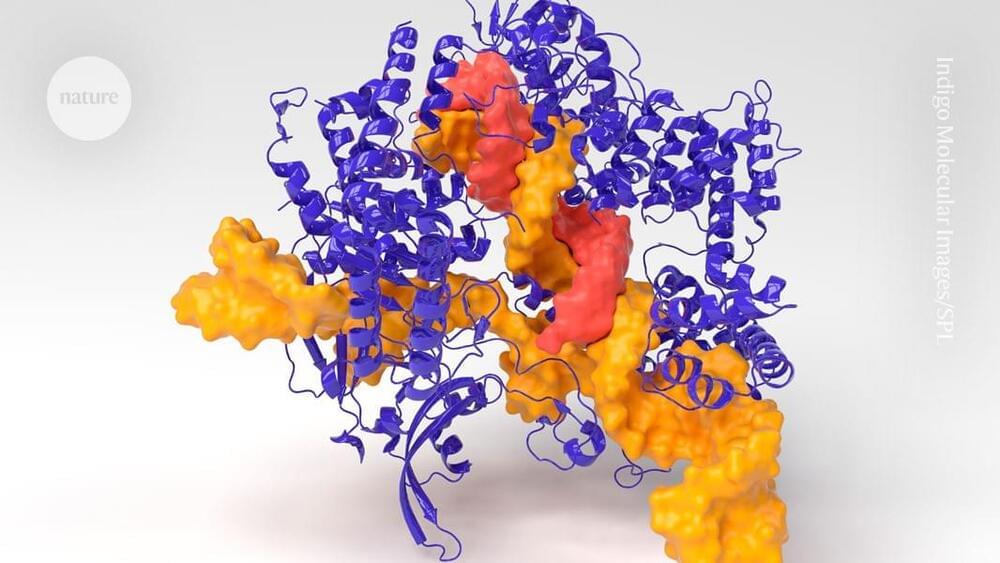

For the first time, research shows that a certain kind of visual illusion, neon color spreading, works on mice. The study is also the first to combine the use of two investigative techniques called electrophysiology and optogenetics to study this illusion. Results from experiments on mice settle a long-standing debate in neuroscience about which levels of neurons within the brain are responsible for the perception of brightness.
Everyday Optical Illusions
We’re all familiar with optical illusions; some are novelties, while some are all around us. Even as you look at the screen in front you, you are being fooled into thinking that you’re seeing the color white. What you’re really seeing is lots of red, green, and blue elements packed so tightly together it gives the impression of being white. Another example is a fast rotating wheel or propeller, which can briefly look like it’s reversing direction while it’s accelerating to full speed.
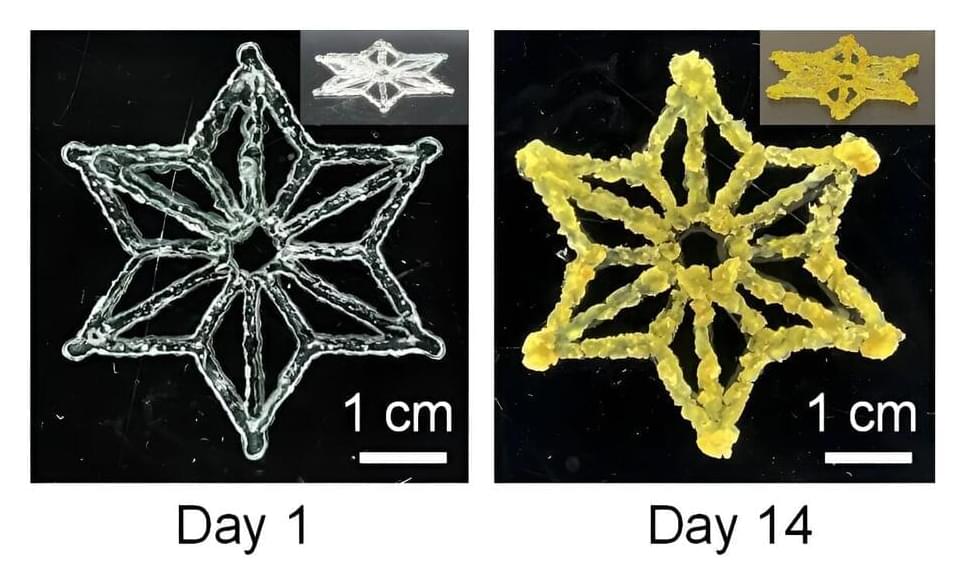
Scientists are harnessing cells to make new types of materials that can grow, repair themselves and even respond to their environment. These solid “engineered living materials” are made by embedding cells in an inanimate matrix that’s formed in a desired shape. Now, researchers report in ACS Central Science that they have 3D printed a bioink containing plant cells that were then genetically modified, producing programmable materials. Applications could someday include biomanufacturing and sustainable construction.
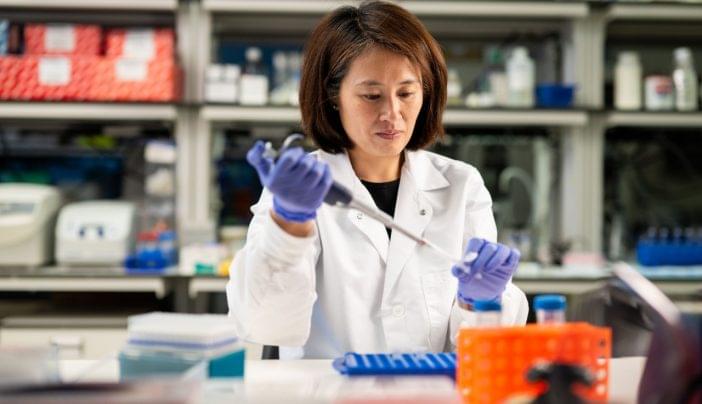

Science is where curiosity, ambition, and innovation meet.
Liz Parrish, founder and CEO of BioViva Science, is spearheading a campaign against the greatest killer on the planet. She stands, unvexed by criticism and convention, in the vanguard of bringing tomorrow’s treatments to those who need them today.
Her journey began when her son was diagnosed with type-1 diabetes.
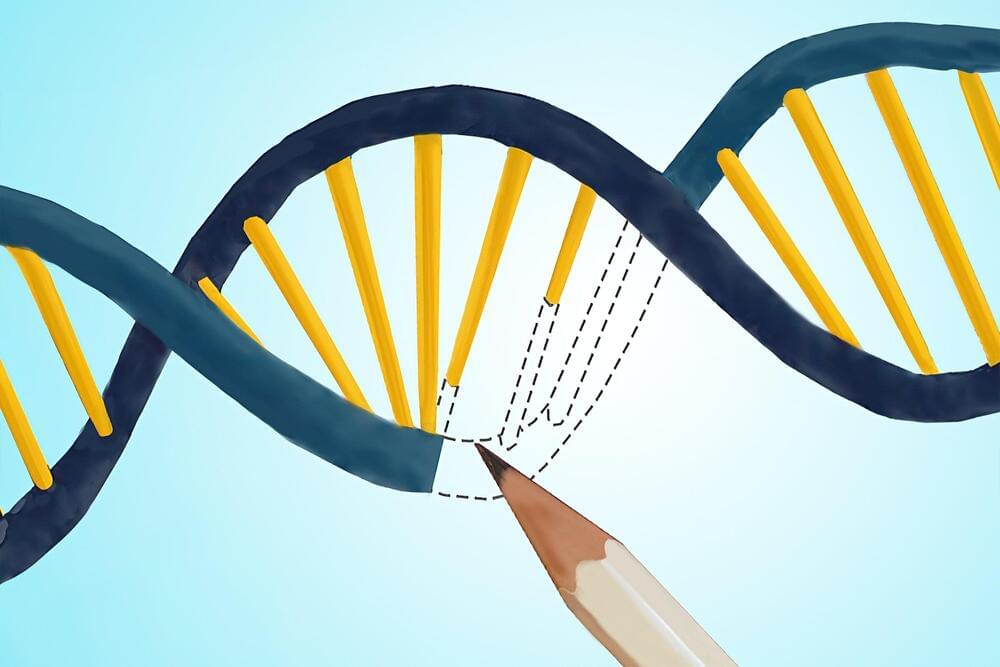
Through years of engineering gene-editing systems, researchers have developed a suite of tools that enable the modification of genomes in living cells, akin to “genome surgery.” These tools, including ones based on a natural system known as CRISPR/Cas9, offer enormous potential for addressing unmet clinical needs, underscored by the recent FDA approval of the first CRISPR/Cas9-based therapy.
A relatively new approach called “prime editing” enables gene-editing with exceptional accuracy and high versatility, but has a critical tradeoff: variable and often low efficiency of edit installation. In other words, while prime edits can be made with high precision and few unwanted byproducts, the approach also often fails to make those edits at reasonable frequencies.
In a paper that appeared in print in the journal Nature on April 18, 2024, Princeton scientists Jun Yan and Britt Adamson, along with several colleagues, describe a more efficient prime editor.
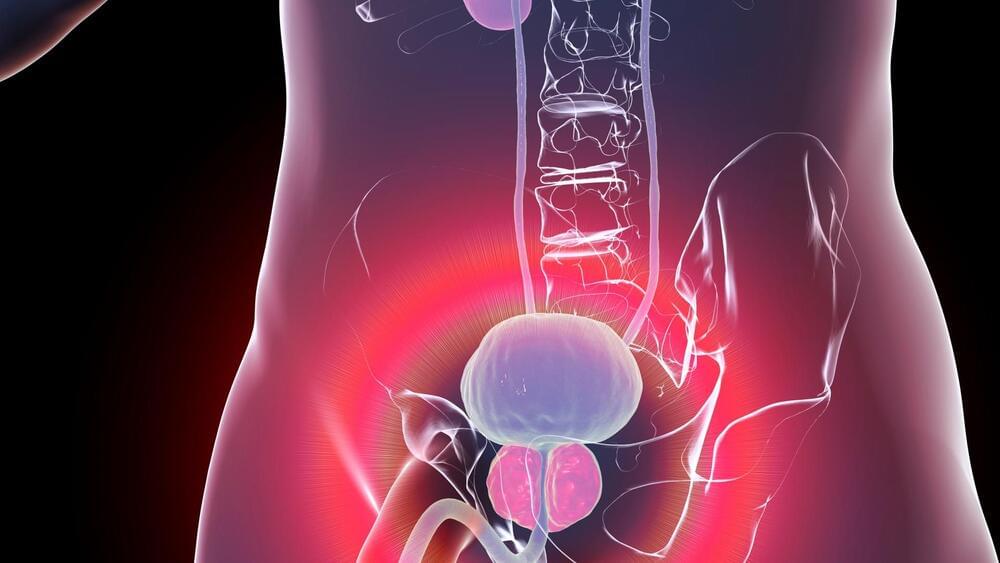
SCIENTISTS are developing a DNA test to tell if a man’s prostate cancer will come back.
Patients who are at genetic risk of tumour cells flying under the radar and surviving radiotherapy could get extra treatment to make sure they are all wiped out.
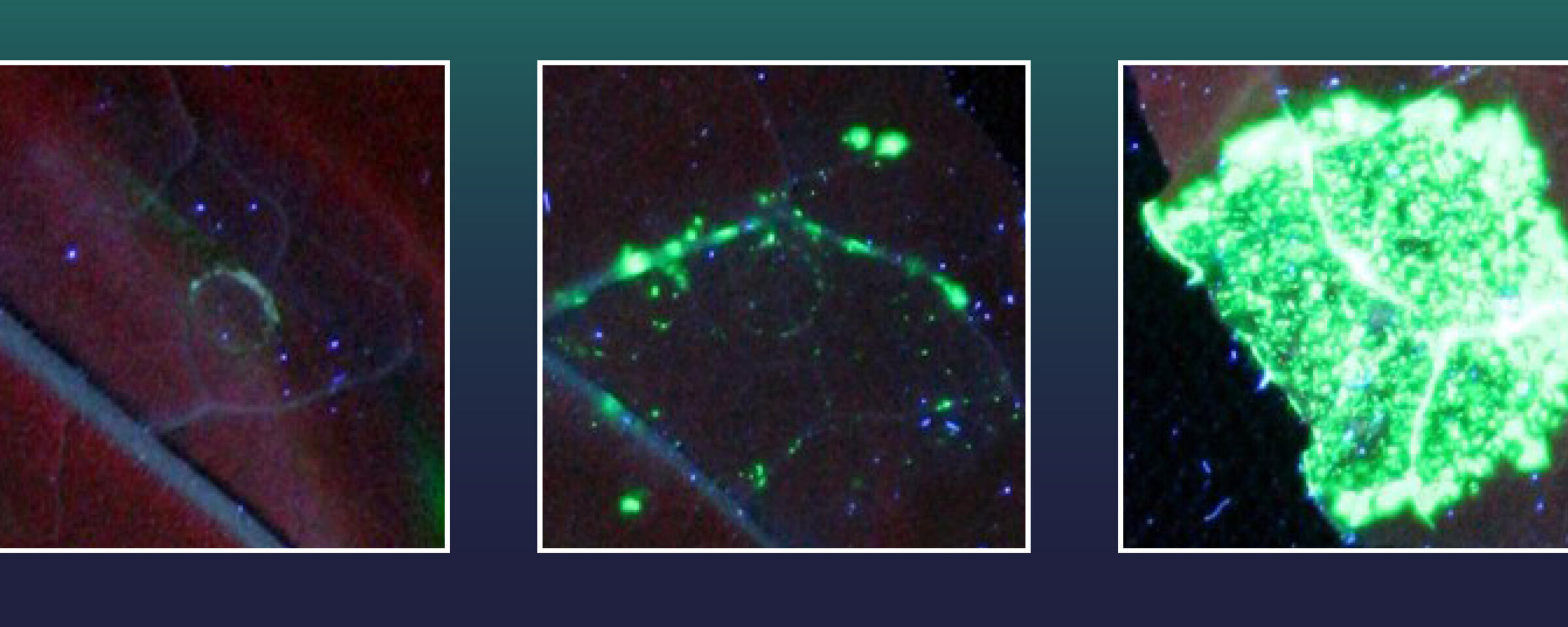
Scientists at the Leibniz Institute of Plant Biochemistry (IPB) have succeeded for the first time in stably and precisely inserting large gene segments into the DNA of higher plants very efficiently. To do this, they optimized the gene-editing method CRISPR/Cas, commonly known as “genetic scissors.”
The improved CRISPR method offers great opportunities for the targeted modification of genes in higher plants, both for breeding and research. The study, led by Prof. Alain Tissier and Dr. Tom Schreiber, has been published in Molecular Plant.
CRISPR/Cas is a method with enormous potential for the targeted modification of individual genes. However, this does not apply to all kinds of genetic modifications that breeders and scientists have on their wish lists. While the genetic scissors are ideal for knocking out genes, i.e., switching off or removing existing genes, they do not work well for precisely inserting genes or replacing gene segments. To date, genetic scissors have been too inefficient and therefore of little use for the targeted insertion of genes into the DNA of higher plants.